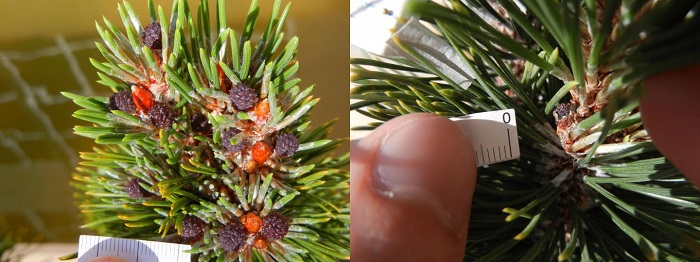Podcast: Play in new window

BOB HIRSHON (host):
A 250-million year old murder mystery. I’m Bob Hirshon and this is Science Update.
250 million years ago, the End-Permian Extinction wiped out most life on earth. No one knows how, but UC Berkeley researcher Jeffrey Benca believes malformed pollen grains from the period are a clue. He suspects volcanic gases ripped holes in earth’s ozone layer, and that allowed powerful UV light from the sun to damage forests. In the journal Science Advances, he and his colleagues report testing the theory by growing trees under the high UV conditions they might have encountered back then. The light rendered the trees sterile.
JEFFREY BENCA (UC Berkeley):
If they can’t produce eggs and they can’t produce seeds, the tree is basically walking dead, evolutionarily. It can survive, but it can’t leave offspring behind leaving healthy forest for the future.
HIRSHON:
The collapse of forest ecosystems would have then wiped out most other life on Earth. I’m Bob Hirshon, for AAAS, the science society.
Story by Bob Hirshon
